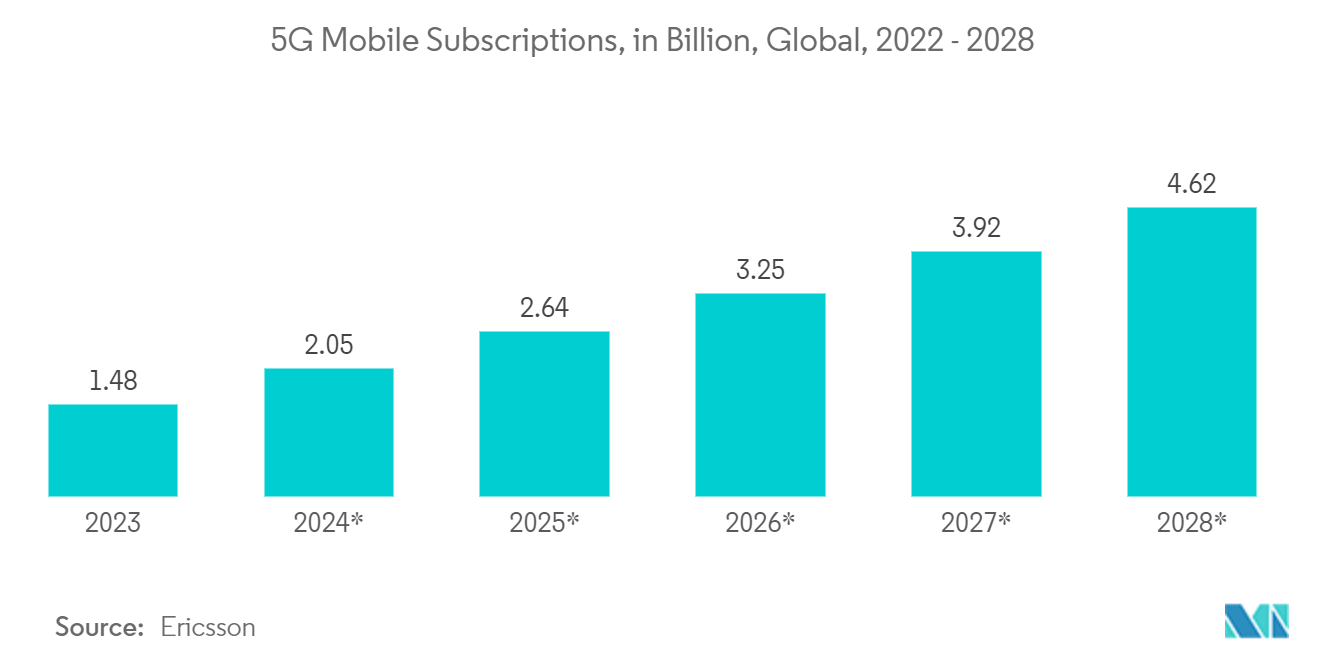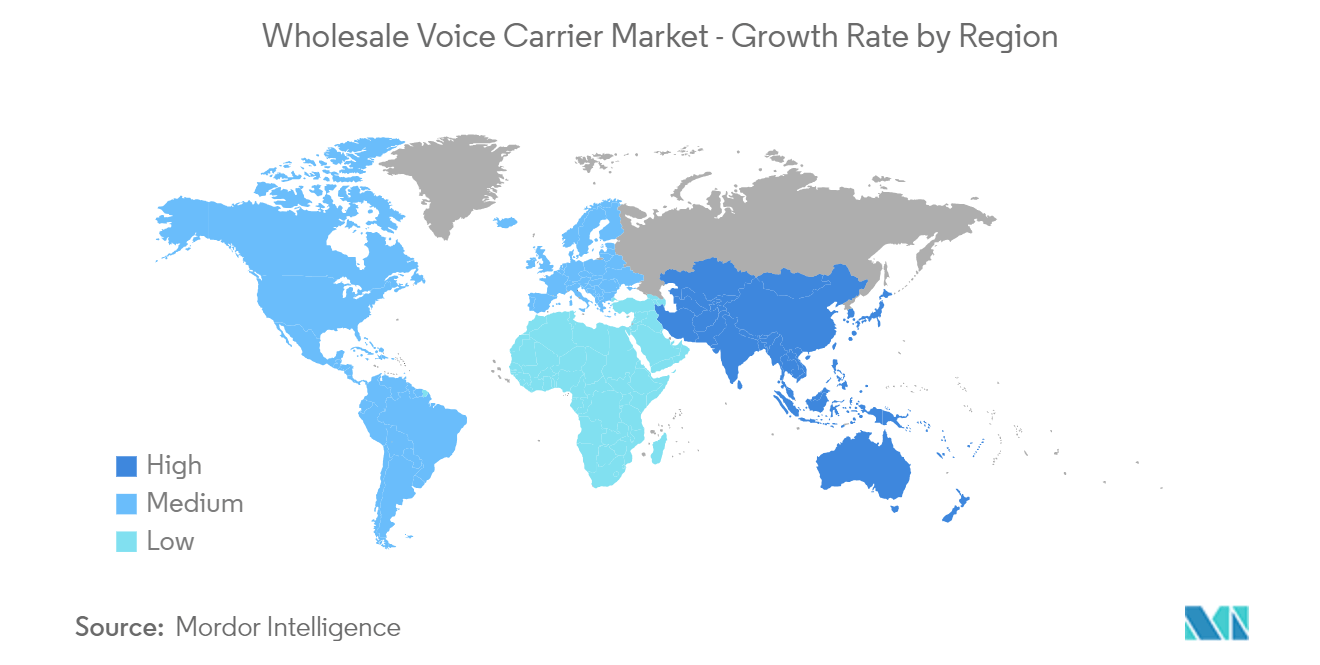Market Trends of Wholesale Voice Carrier Industry
VoIP Expected to Witness Significant Growth
- Wholesale VoIP is a for-profit telecommunications service in which businesses purchase minutes or volumes of VoIP service from providers at wholesale prices and resell it to their customers. Wholesale VoIP services help businesses improve communication and stay ahead of the market with efficient and cost-effective digital infrastructure.
- As VoIP technology evolves, it allows for more cost-effective and efficient call-routing solutions. Wholesale VoIP suppliers must keep up with technological advances to stay competitive and optimize their operations in the market. Innovations such as voice compression technology and software-defined networking (SDN) significantly impact the costs associated with call termination, thereby affecting wholesale VoIP.
- For many organizations, VoIP is a standard form of voice communication around the world, as it has many advantages over traditional phone systems, including reduced infrastructure, lower installation costs, and cheaper calls. Additionally, VoIP is expected to replace POTS and ISDN soon. Most major companies intend to phase out their existing systems completely by 2025.
- Modern providers such as IDT provide comprehensive wholesale VoIP termination services, making and receiving calls anywhere in the world at significantly reduced prices due to complex negotiations and agreements with many parties in countries around the world.
- Moreover, fifth-generation wireless technology is expected to significantly benefit VoIP technology used by Internet phone systems and unified communications platforms. 5G is anticipated to drive demand for wholesale VoIP in the future due to high-speed connectivity and low latency, making it ideal for VoIP services. 5G adoption is expected to improve the mobile VoIP experience, reinforcing the need for wholesale VoIP solutions to meet this rising demand. According to Ericsson, the number of 5G subscribers is expected to increase from 0.95 billion in 2022 to 4.62 billion by 2028.

North America Accounts for a Significant Share in the Market
- North America is expected to account for a significant market share. The region has a developed infrastructure for telecommunications and is home to several major wholesale voice operators. In particular, the United States has a large customer base and advanced network capabilities. The region's multinational companies and major technology hubs continue to drive demand for international voice communications services.
- Additionally, the growing adoption of 5G in the region is expected to boost the market in the region. For example, according to GSMA, forecasts adjusted based on the impact of the Coronavirus (COVID-19) pandemic predict a near-term slowdown in 5G adoption in North America. However, from 2023 onwards, 5G adoption is expected to surpass previous forecasts, with expectations of 13 million more connections by 2025 than predicted before COVID-19.
- Additionally, as the telecommunications sector grows in the region, operators need reliable partners to exchange voice traffic efficiently. According to a GSMA report, the mobile market in North America started to witness growth in 2021, generating USD 294 billion. Further growth is expected in the coming years, with the market anticipated to generate USD 333 billion by 2025.
- Further, development by market players and the adoption of voice platforms to transform international voice business by companies in the region is expected to drive the wholesale voice carrier market in the region.
- For instance, in October 2022, Linxa, a leading wholesale telecommunications software platform, announced that Apelby Communications, a voice wholesaler, selected the Linxa Connect voice platform in order to transform its global voice business. The Linxa Connect voice platform is an integrated end-to-end telecommunications management solution that seamlessly automates and supports voice wholesale processes, from pricing management to routing to quality management and transactions, to invoicing, dispute management, fraud detection, and real-time management.


